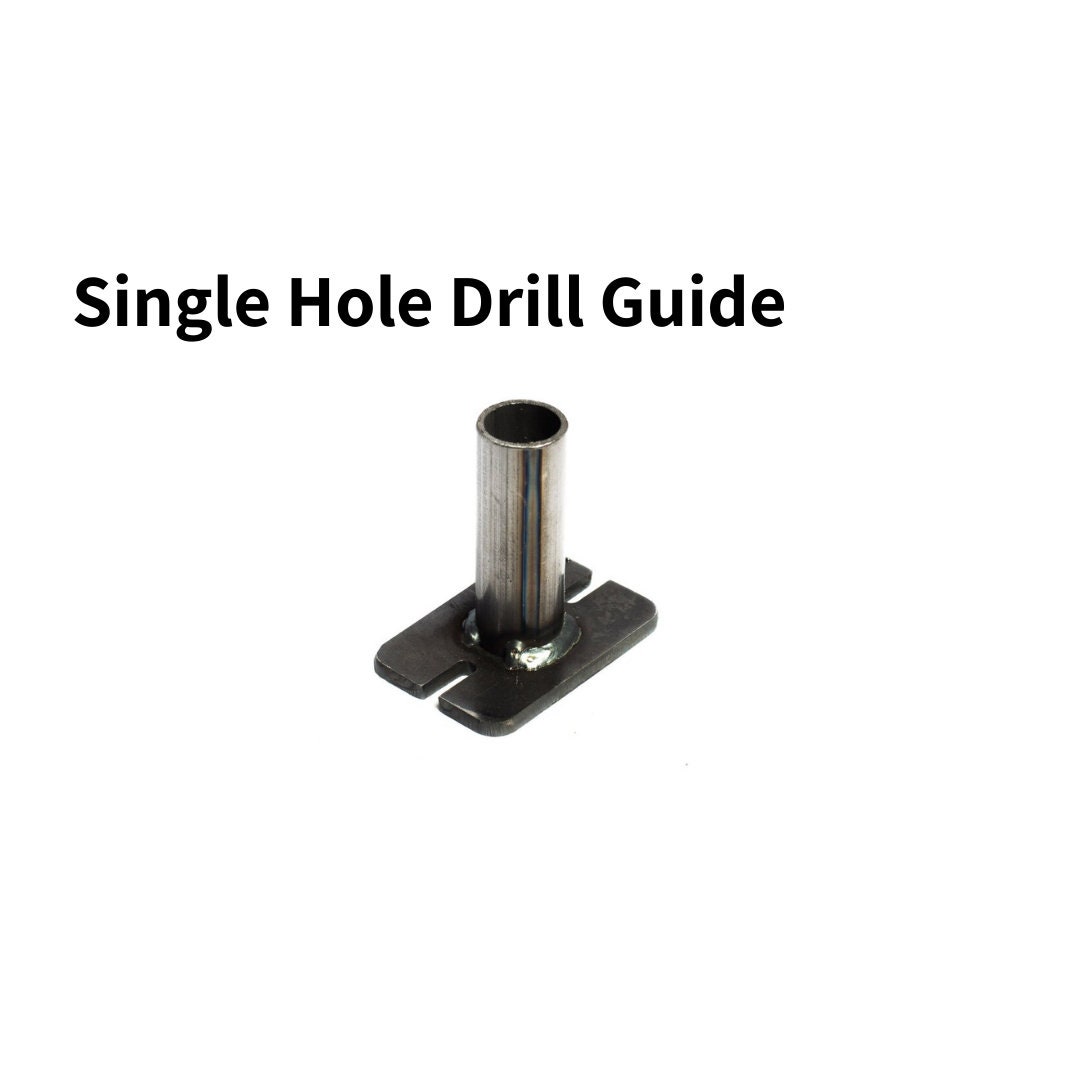Hello,
I have a commission that I’m not going to be able to work on (due to recent injury) and am searching for another local woodworker who is able to help me out and take it off my hands.
It’s for two floating shelves built and installed in a house in Cary (working with an Interior Designer). Stained pine, 3” thick, L shaped.
Please let me know if this would be of interest to you. If so, I can send you more details.
Thanks!
Jake
I have a commission that I’m not going to be able to work on (due to recent injury) and am searching for another local woodworker who is able to help me out and take it off my hands.
It’s for two floating shelves built and installed in a house in Cary (working with an Interior Designer). Stained pine, 3” thick, L shaped.
Please let me know if this would be of interest to you. If so, I can send you more details.
Thanks!
Jake

